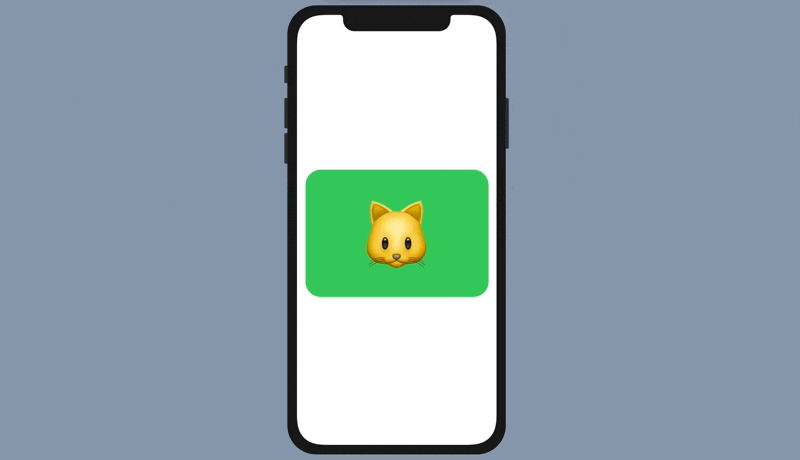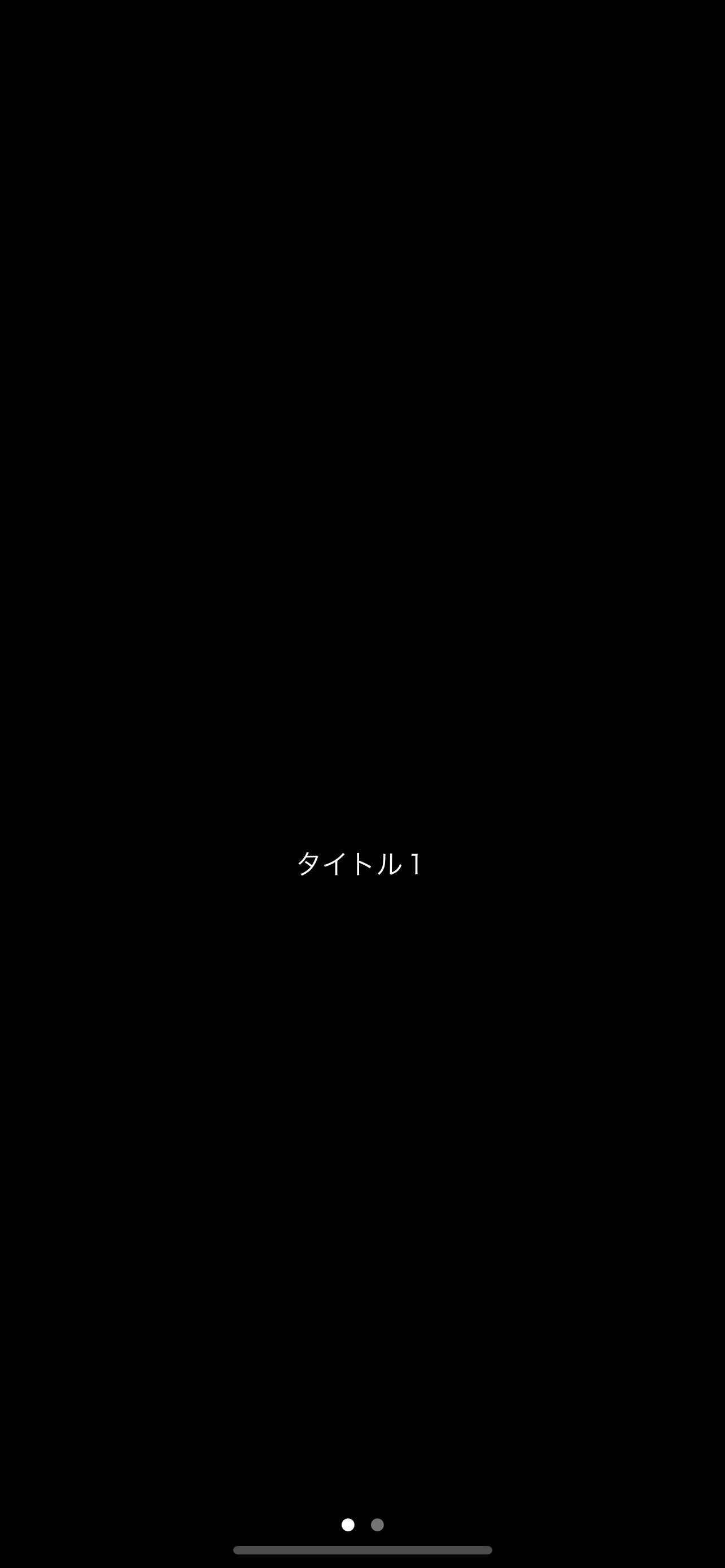

Therefore, we have to wrap our Text view into a VStack. We want to place the tab bar at the bottom of the ContentView. Create an extension of the struct color with a static constant, getting the color from the asset. Then tick-mark the Any, Dark appearances to have a different color in Dark Mode because why not Provide the values for the color (s). For this, we can replace the String in the default “Hello Word” Text view. To achieve this, you can create a new color set in the Assets.xcassets folder. This view should simply consist of a Text view reading “Home”. By default, we want to present the “Home” view. Preparing our ContentView 👨💻īy using our tab bar, we will later be able to jump between two different views, a “Home” view, and a “Settings” view. In SwiftUI, you can add a view as a background wtih the background (:alignment.
<1> Add your background view first to make it sit in the back or <2> Explicitly add them at the button (index 0).In UIKit, we have to manually create a background view and make sure it sits at the back. For our app, we need one color for the big “plus” icon of the tab bar, one for the background of the tab bar, and one for the selected tab bar icon (each one with respect to dark and light mode). It can be anything such as color, image, or another view. Let’s put them in our Assets.xcassets folder right now. The following example creates a tab view with three tabs, each presenting a custom child view. On iOS, you can also use one of the badge modifiers, like badge (:), to assign a badge to each of the tabs. We will need three different colors for our tab bar. To create a user interface with tabs, place views in a TabView and apply the tabItem (:) modifier to the contents of each tab. For the purpose of this tutorial, we will use the default ContentView.swift file. We have to modify our layout to occupy the whole space. In the end, we can add a background view to the screen, but at great costs.

Result The background color fill the entire space.
Let’s get started! After opening Xcode 12 and creating a new “App” under “iOS” or “Multiplatform”, we can begin preparing our custom tab bar. <2> Add background color to the frame view.In my case, I called it currentMode, but you can call it anything you want. Environment (\.colorScheme) var currentMode.

Add a variable preceded by the Environment clause with the colorScheme modifier. With the knowledge from this article you should be able to create almost any tab bar you can imagine using SwiftUI only! Detecting the state of the environment to make customizations is pretty simple in SwiftUI.
Tabview background color swiftui download#
cornerRadius(15) Download this as an Xcode project. So, you can create a text view with 15-point rounded corners like this: Text('Round Me'). This takes a simple value in points that controls how pronounced the rounding should be. Our finished tab bar will look like this: Any SwiftUI view can have its corners rounded using the cornerRadius () modifier. By the way: we will not use a UITabBarController for this but implement the navigation logic only with SwiftUI and from scratch.
Tabview background color swiftui how to#
In this tutorial, we will learn how to create our own custom and fully customizable tab bar. This can be overridden using unselectedItemTintColor. If you look closely, you’ll notice that the non-selected text’s color was also changed. But the in-house tab bar can get boring and sometimes doesn’t offer the functionality we need for our app. First, setting the background color changes more than just the background. However, We are limited to the standard tab bar design that Apple provides us with.

No, Color.red is yet another view Its only function is to fill the area suggested by its parent with. At first glance we may fail to realise that, Color.red, is not just a parameter indicating that the color should be red. For example: Text('hello').background(Color.red). Creating a tab bar requires no effort as you can see in the next snippet: 1. In most tutorials I have seen, background is used in its simplest form. Catégories API SwiftUI A navigation bar needs standard HTML as a base whiteColor() There are lots of ways we can customize the navigation bar, such as controlling its font, color, or visibility Most part of the navigation bar can be customized using the appearance protocol, such as the title, background and the navigation In the Project. It’s a container view, since it contains all views presented behind each tab item. TabView is a view that incorporates a tab bar which allows for easy switching between multiple tabs/child views.Hello and welcome to a new SwiftUI tutorial! In SwiftUI, it’s super easy to embed your app’s views into a tab bar using a TabView. The Tab View is the responsible one for adding and manipulating a tab bar in SwiftUI based projects.


 0 kommentar(er)
0 kommentar(er)
